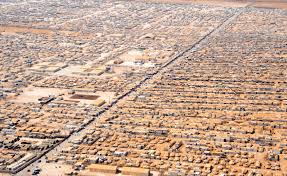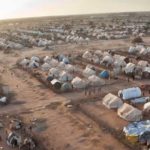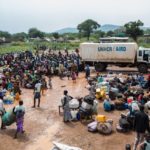Kenya has backed down yet again on its decision to close Dadaab, the world’s largest refugee camp. Interior minister Joseph Nkaissery announced the government’s decision, stating the repatriation process would not be completed until there is stability in Somalia.
The East African nation announced late May that it will close the camp in November, citing security concerns and economic burden. It also disbanded the department of Refugee Affairs, the government agency tasked with overseeing the Dadaab camp. The camp is home to 338.000 refugees from 13 different countries, majority of who are Somalis.
The Kenyan government’s decision coincided with US secretary of state John Kerry’s two-day visit to Nairobi this week. Kerry held talks with the Kenyan government regarding the situation in Somalia, besides the escalating crisis in South Sudan. President Uhuru Kenyatta also announced that his country’s troops will begin withdrawing from Somalia in 2018.
During his visit, Kerry said the US government’s decision to provide more than $146 million in humanitarian assistance to support the victims of droughts in Kenya and Somalia. Some of the funding will be donated to the United Nations High Commissioner for Refugees to support the refugees and the implementation of the voluntary repatriation process. The UN agency had in July appealed for $115.4 million funding to support the voluntary return and integration program.
The Kenyan government has threatened to close Dadaab numerous times in the past, calling the camp a ‘breeding ground’ for terrorists. With more than 600,000 refugees, Kenya is among the top 10 refugee hosting countries in the world, and the second to Ethiopia in Africa. Since the voluntary repatriation program was started in December 2014, more than 22,000 Somali refugees have returned back to Somalia. This hasn’t stopped the flow of refugees into the country, as as 8,500 more refugees arrived in Kenya from South Sudan following recent clashes.






